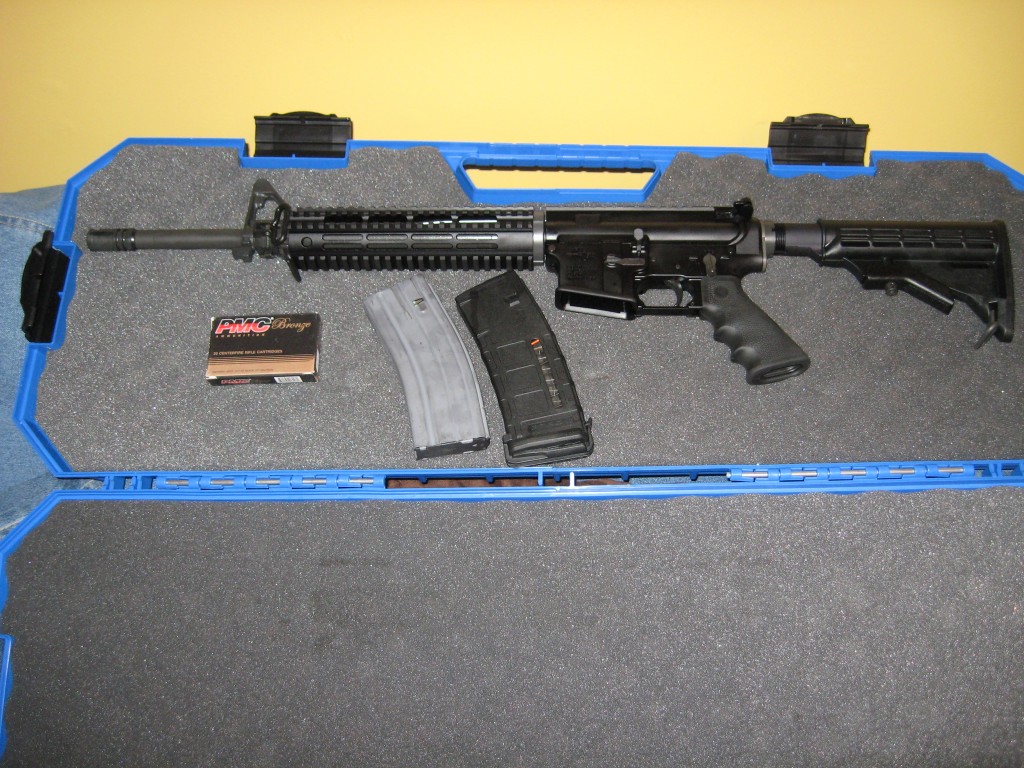The Five Hundred Meter War
BY Herschel SmithIn Korengal, the fighting often happened at several hundred meters. In fact, Staff Sergeant Jeffrey Wall states that “we know that 52% of the fights in Afghanistan begin at 500 meters and go out from there.” He laments the poor state of long distance rifleman skills and training, and recommends a return to that very basic training that creates riflemen. The Marines are in better shape regarding this concern, every Marine having to qualify at 500 yards.
Yet there is something unstated here – an assumed precondition that sets the framework for this problem. It is assumed that it will remain a 500 meter war, that we must increase rifleman skills (which we must), and that the only solution to this problem is to perform long distance shooting of the enemy.
But this presupposition only points us to a deeper problem. We are not manned to close with and destroy the enemy by fire and maneuver. We are engaging in long distance fire fights until then are completed by calling in air strikes or artillery, rather than engaging in small unit (fire team, squad, platoon, company) maneuver warfare.
Squad rushes, distributed operations, development of enfilade fire and so forth are being done in some circumstances, but unless we chase the enemy they will go unmolested to kill and maim again. This 500 meter war also becomes problematic for IEDs and ambushes. The Taliban wouldn’t be able to plant IEDs if they were continuously under fire and surveillance, but of course, this requires more troops.
Eastern Afghanistan (Kunar, Nuristan, etc.) is still an important cornerstone in the campaign in Afghanistan, regardless of the population-centric approach being employed by current command (with which I strongly disagree). An important report on a recent ambush in the Kunar Province demands our attention.
The ambush I recorded on video for GlobalPost Aug. 26 was not particularly unique. Unfortunately, it’s an all too common occurrence for the soldiers patrolling here. Soldiers from Monti have been ambushed from the nearby steep mountainsides at least three times. The Taliban are known for being creatures of habit, using the same ambush spot if it proves effective. The difference is that this time the first truck was hit with a “lucky shot” which disabled it and the driver. I don’t want to go into more detail per Army operation security rules for embedded reporters.
When Pvt. Justin Greer got hit in the helmet, at first it didn’t seem real. I’ve noticed this immediate reaction in myself before. The mind, for several seconds, acts like it’s watching a movie. If this lasts for more than several seconds, one could freeze and really put themselves in danger. I’ve never seen an infantry soldier freeze. They’ve been trained to react to contact and in Kunar, their buddies’ lives depend on it.
Greer also appeared amazed with how close the bullet came to killing him. He showed me the bullet hole and the round he found in his helmet, before tucking it in his pocket as keepsake. Most likely it was an indirect shot, those Kevlar helmets rarely can stop a direct AK-47 7.62 round. A reporter told me that the layers of Kevlar in the U.S. helmet are actually designed to split and channel bullets, like Greer’s seemed to do.
Since this position was a suspected ambush site by the Taliban, wouldn’t it have been nice to have brought enough troops to chase the insurgents, or perhaps pre-deployed snipers, or both? Isn’t it a shame that they were left alive? The ambush cost us a lost arm, a concussion, a head wound, and a destroyed vehicle. Isn’t it worth it to deploy enough troops to do the job? In the end, from the perspective of a cost-benefit analysis, wouldn’t it have been cheaper to have anticipated this and brought enough firepower to chase and kill the enemy instead of sustaining the losses?





